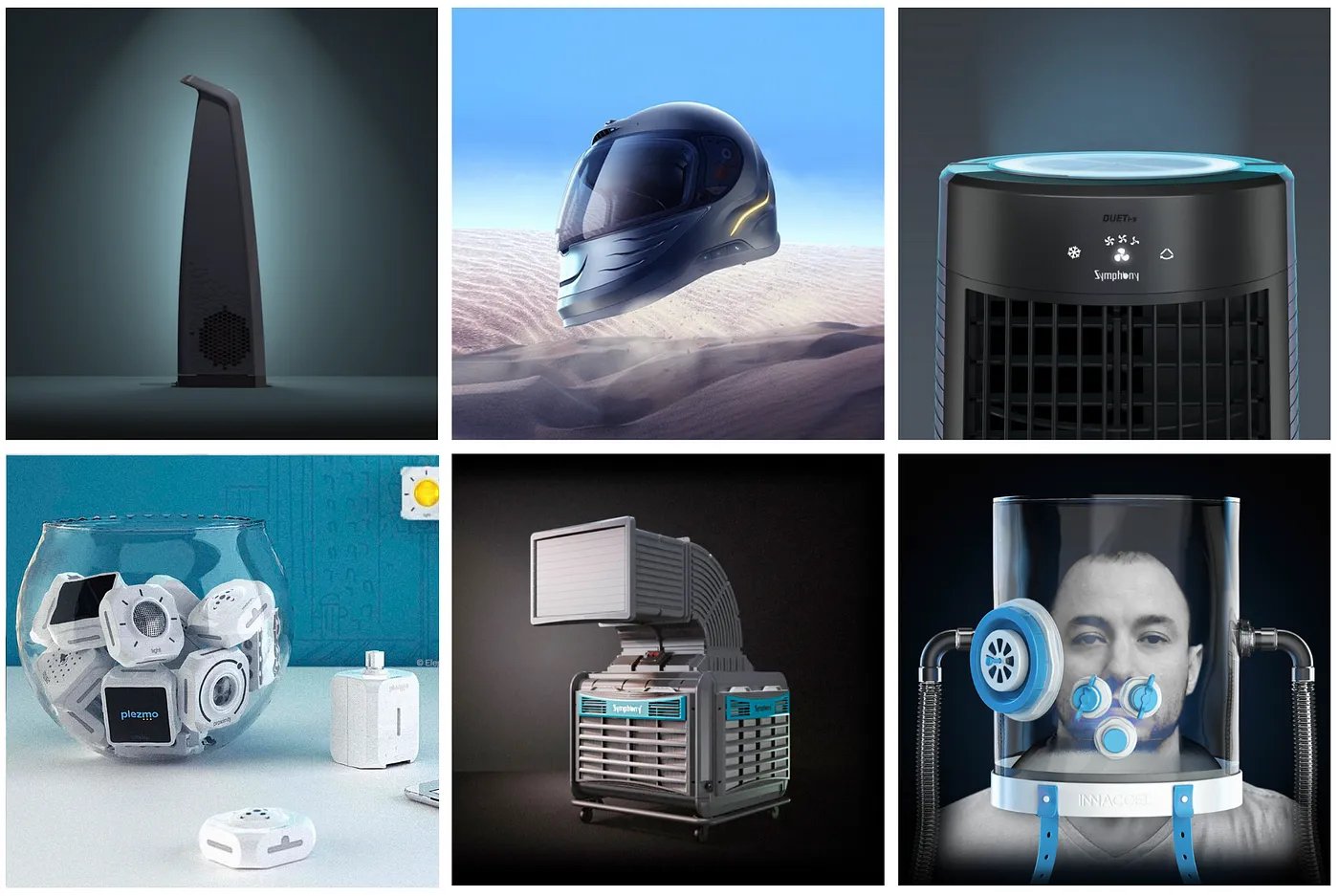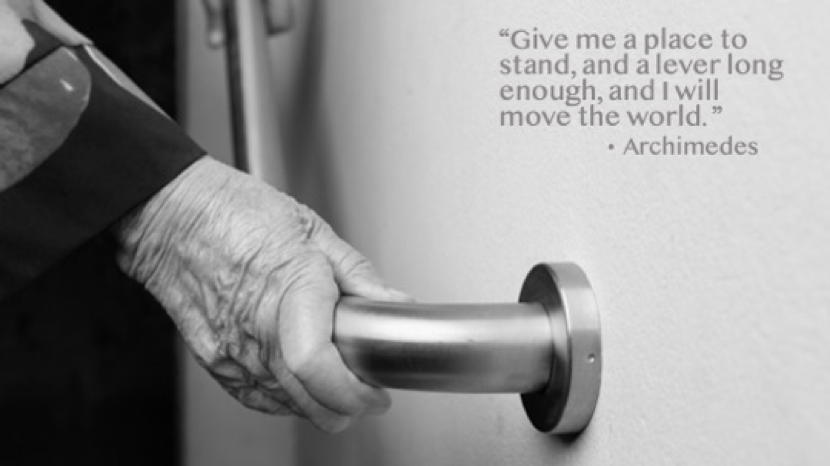-by Ashish Deshpande
Today, world over and in India we celebrate Industrial Design Day (initiated by World Design Organisation). What does it mean in the context of India? Here, is a brief thought compilation on this 29th of June 2023, World Industrial Design Day.
Just the other day, someone remarked, “Industrial Designers are a dying breed.” Probably, an over-the-top reaction to general movement of a larger chunk of Product Design workforce towards the digital world of UX / UI design. Nothing wrong for young designers to look for opportunities, one, where they lie at present and two, what is dictated by present technology & business conditions in India.
Even at Elephant Design, having started Industrial Design activity 34 years ago, we have had to constantly reinvent ourselves in newer domains of design work. Traditionally, Industrial Design & Communication design were our forte. In the later part of 90s, with the advent of modern retail and a boom in consumerism, we quickly added Retail Design, Packaging Design and Service Design to our services. This led us to focus on understanding people and the eco system that surrounds them, and we created a special operations domain dedicated to Design Research & Strategy. This helped address growing business concerns about product differentiation, platforms, and innovation. We were late boomers in the digital world and soon we understood that the hard physical world of operation, control, interaction, and management of processes would need digital applications. The world around us was changing thanks to superlative progress in digital telecommunications, internet and internet of things, data & cloud functions, and lately artificial intelligence.
“When the music changes, so does the dance.”, is an old African proverb, that succinctly sums up the present. In India, we have had a long and rich history of highly functional and aesthetically design objects, stemming largely from local hand craft, lifestyle, and ritualistic functions. This is how we functioned a few centuries and beyond, rich in design, cultural expressions and objects reflected the local social fabric & the economy. Advent of Industrialisation heralded a world full of comfort goods driven by prevalent technology of mass production and global scale. Modern design education is a love child of this equation of the 1950’s -60’s and we in India followed, driven by the rise of industrialised consumerism from the western world. This held ground and was responsible to contribute extensively to Industrial Design making its impact on commerce and society. These were the days, where from a largely agrarian economy, we moved to a manufacturing driven economy. However, the millennium year, saw India take a commanding position in the IT and Digital technology world, slowly taking up position as a service sector powerhouse.
Today, In India, the Manufacturing Sector is contributing about 17% to the GDP, whereas the Service sector contributes about 55%. Internet based technology adoption has been swift, and we see many functions getting digitised. We see this in finance, healthcare, clean energy, communication, education, e-commerce and e-governance. This digital and connected world is going to grow in the coming years, impacting our otherwise inaccessible millions. This shift driven by technology and efficiency in business needs has rightfully created a exodus of design professionals into the digital & IT world. Even traditional Industrial Design domains like Appliances, Machine Tools, Automotive and such have seen a stronger application of digital interfaces & communication, wireless connectivity, and other upcoming technology stacks.
At present, traditional Industrial Design where form, function, material and feel rode hand in hand, may look a bit lost. Though in actual, this is not the case. It is simply a new world order of the ‘software’ and the ‘hardware’ that has polarized a composite design approach of the last century. Shift in career preference towards the digital side has only suppressed the impact Industrial Design continues to bring to the economy.
I will reinforce this with three strong pointers that at present are silver lining for the future of Industrial Design.
Opportunity Gaps
India as a region presents a huge opportunity with large need gaps in the renewable energy, climate care, healthcare, nutrition, education, water & sanitation, and mobility sectors. It is imperative that Industrial Designers focus on these critical areas of development and growth. This is where Industrial Design will work based on our local context & conditions. Symphony Coolers, Learn & Play IoT products from Plezmo or smart, low cost & accessible healthcare devices like Healthcube are good examples of work already starting to impact these sectors.
Offshore Service
Design in India has been through 60+ years of incubation. Profession of Industrial Design has matured, and it is high time designers take services beyond Indian shores. Our cost & quality structure makes us ideal for providing offshore services to several EU & American economies where work on Industrial Design products along with strong technology teams for emerging markets far outweighs local consumption. Design of wearable Stroke Rehab device for SynPhNE, a company based out of Singapore is one demonstration of this possibility. Any push in this direction is a scalable proposition and says much about the future of Industrial Design from India.
Building Brands
Biggest fillip to Industrial Design will come from creating a Creative Economy where entrepreneurship & creative design & manufacture will run hand in hand. Many design education institutions like IDC, IIT Powai, MITID, Pune and NID, Ahmedabad and more are nurturing design incubation programs. Industrial Designers are no longer being stamped out to meet industry job requirements. Fresh Industrial Designers are seeing design education an opportunity to kick start design led entrepreneurship programs. This attitude if nurtured is the real game changer for India.
Good policy thinking from the state & central government, a nurturing attitude from the industry and a design education system that will work towards providing training and higher research for building a strong foundation will go a long way to inject a stimulus for Industrial Design. Quality of manufacturing and design & technology based research platforms are some areas that need more work. Industrial Design from India and followed by Made in India is totality that is possible. Wishful thinking from an Industrial Designer, this World Industrial design Day.
Author:
Ashish Deshpande is a M Des eq., Industrial Designer, trained at the National Institute of Design, Ahmedabad. He has been a practicing designer for over 34 years as co-founder of the multi-disciplinary Design Consultancy firm, Elephant. www.elephantdesign.com
























































